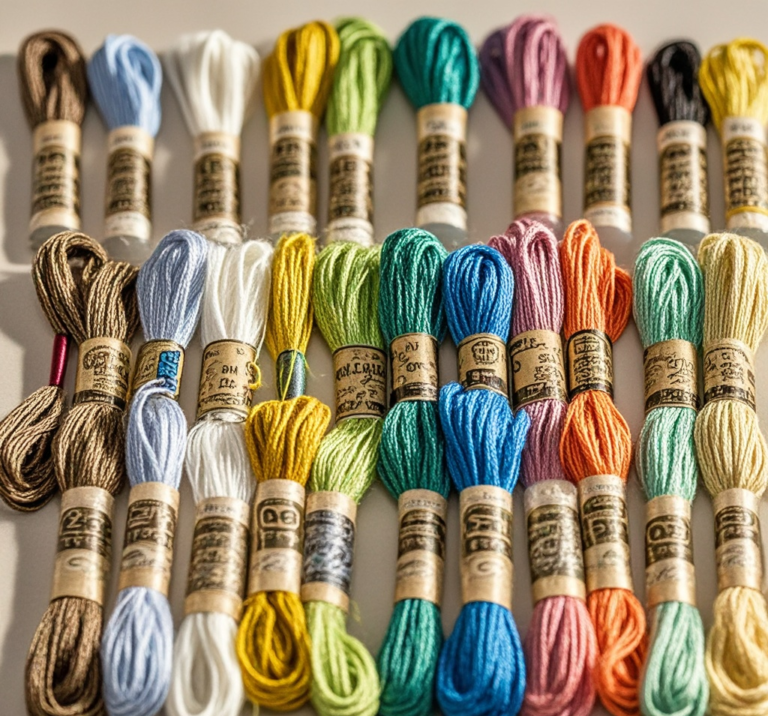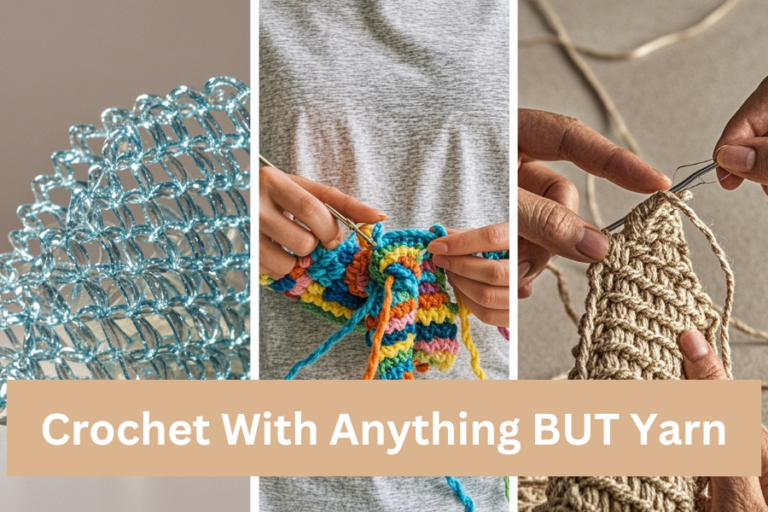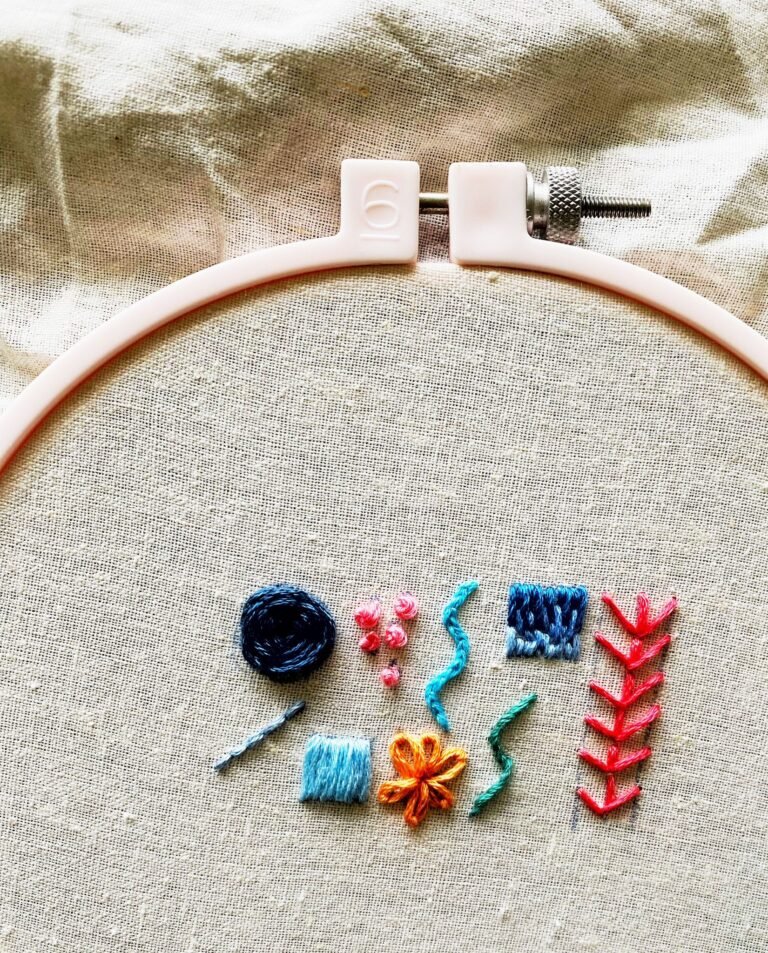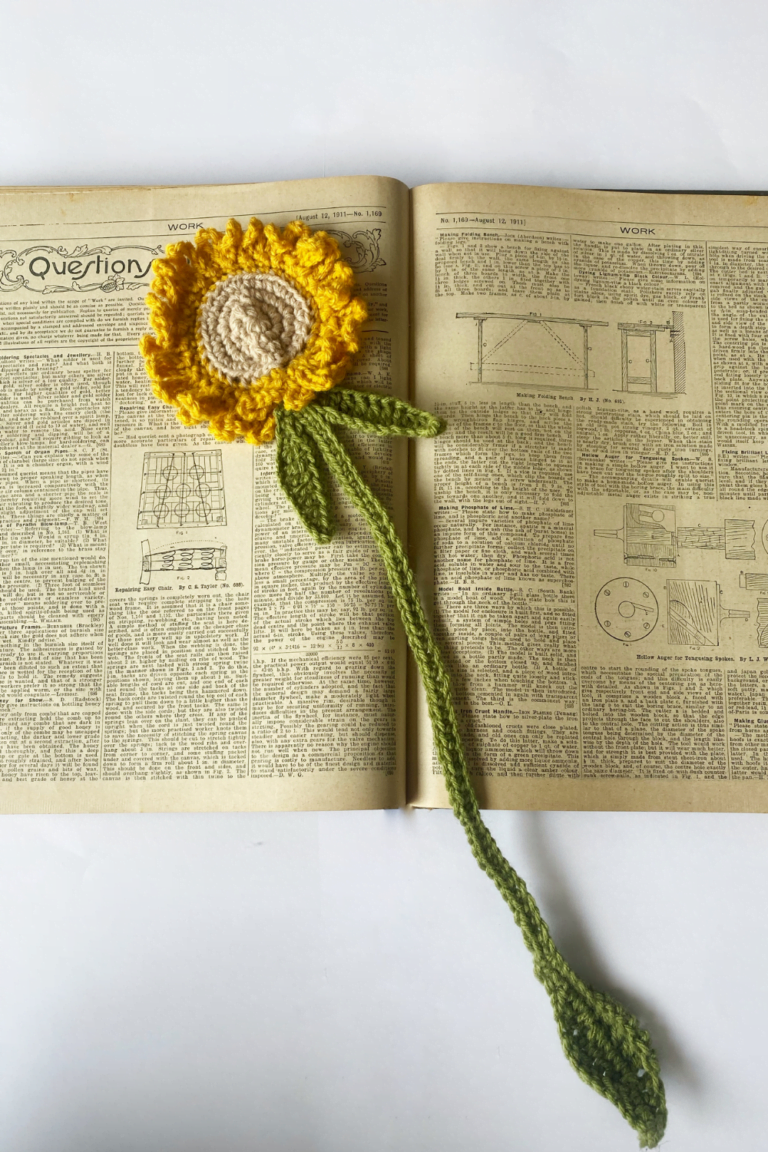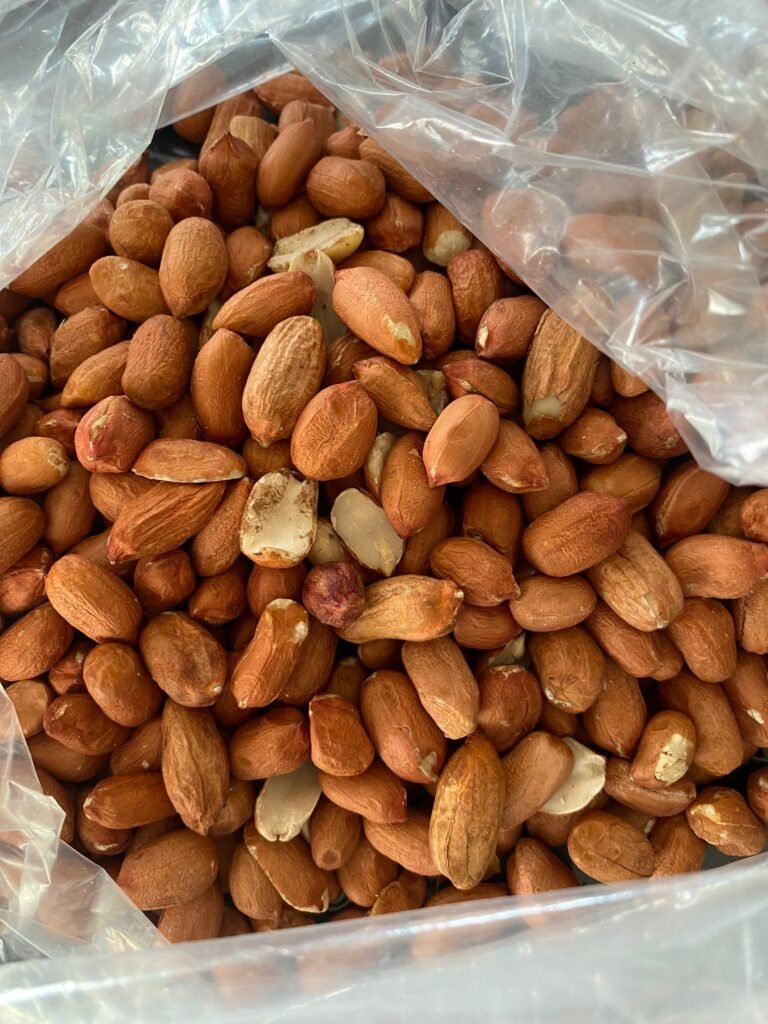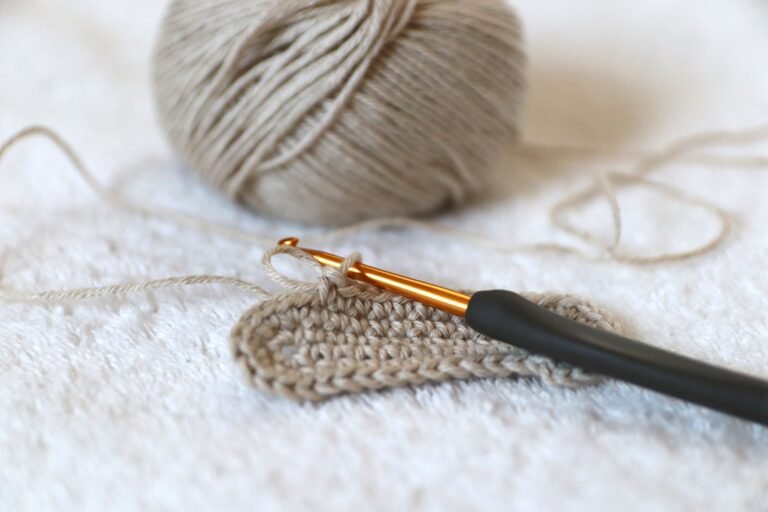The Surprising Benefits of Embroidering on Linen
Embroidering on Linen is the next best thing! Do you love getting creative with embroidery but want to try something new? Look no further than linen fabric. Not only does it offer a smooth texture to work with, but it also provides a range of benefits that make it an ideal choice for embroidery projects. In this article, we’ll explore why linen is such a great option for hand embroidery, how to get started with your own linen projects, and tips for achieving stunning results. Whether you’re a seasoned pro or a beginner, it’s time to unleash your creativity with linen embroidery.

Why linen is ideal for embroidery
Linen, a textile made from the fibers of the flax plant, has a smooth and sturdy texture that makes it perfect for embroidery. Due to its tight weave and natural fibers, linen holds stitches without puckering or distorting the fabric, making it an ideal substrate for intricate designs. The smoothness of the fabric also allows for clean lines and precise stitching, ensuring that even the most delicate details stand out. Additionally, linen’s natural fibers are absorbent and breathable, which makes it great for items that will be worn or used often. Linen embroidery can be easily washed and ironed without losing its shape, unlike other fabrics that may warp or shrink with washing. Overall, linen’s unique qualities make it a top choice for hand embroidery and a standout option in any project.
The benefits of embroidering on Linen
Linen, a textile that has been used for centuries, has your back when it comes to hand embroidery. Its unique qualities and features make it an ideal fabric to create a masterpiece. But why is linen so perfect for embroidery, you may ask? Well, to begin with, linen has a smooth, sturdy texture that provides a tight weave. This makes it easier to hold stitches without worrying about puckering or distorting the fabric. For delicate designs, linen’s smoothness allows for clean lines and precise stitching, ensuring that every detail stands out beautifully.
In addition, linen’s natural fibers are absorbent and breathable. This makes it an excellent choice for items that will be worn or used often. When it comes to washing or ironing, linen can easily withstand the pressure without losing its shape. Unlike other fabrics that may warp or shrink with washing. So, if you’re looking for a fabric that will make your embroidery shine, linen is your go-to option.
Once you have your linen and embroidery kit in hand, it’s time to get started with linen embroidery.
How to get started with embroidering on linen
Once you have your linen and embroidery kit in hand, it’s time to get started with linen embroidery. The first step is to choose your design and transfer it onto the linen. You can do this with a transfer pen or paper or by using a lightbox to trace the design onto the fabric. Next, choose the thread color and type that you want to use. Keep in mind that linen has a natural texture that will add depth and dimension to your embroidery. So consider using different thread weights and textures to enhance the design.
When you begin stitching, it’s important to use the right technique to ensure your embroidery looks clean and polished. This may involve adjusting your tension and stitch length to accommodate the texture of the linen. As you work, pay close attention to the tension in your stitches and adjust as needed to keep them even and consistent throughout the design.
Embroidering on linen requires patience and attention to detail, but the end result is worth the effort. With a little practice and a lot of creativity, you’ll be able to achieve stunning results that showcase the beauty and durability of this amazing fabric. Next, we’ll share some tips to help you take your linen embroidery to the next level.
Tips for achieving stunning results with linen embroidery
When it comes to achieving stunning results with linen embroidery, there are a few tips to keep in mind. First, make sure you choose the right needle for the job. A sharp needle will help you create clean, precise stitches, while a blunt needle can cause your fabric to fray or snag.
Another important tip is to choose the right thread. Linen is a textured fabric that can be tough on delicate fibers. So opt for a sturdy, high-quality thread that can stand up to the wear and tear of everyday use. When selecting colors, choose complementary shades that will really make your embroidery pop.
Finally, don’t be afraid to experiment with different stitches and techniques to create unique, eye-catching designs. From French knots and satin stitches to chain stitches and more. The possibilities are endless when it comes to linen embroidery. With practice and patience, you’ll be able to create breathtaking works of art.

In conclusion, embroidery on linen is a highly rewarding experience that every embroidery enthusiast should try. Not only is linen an ideal fabric for embroidery, but it also offers a host of benefits that enhance the final product. Whether you’re a beginner or a pro, you can easily get started with linen embroidery using our tips and tricks. So, take the plunge and explore the world of linen embroidery. As the saying goes, “The world is your linen canvas, and your creativity is the only limitation.”

